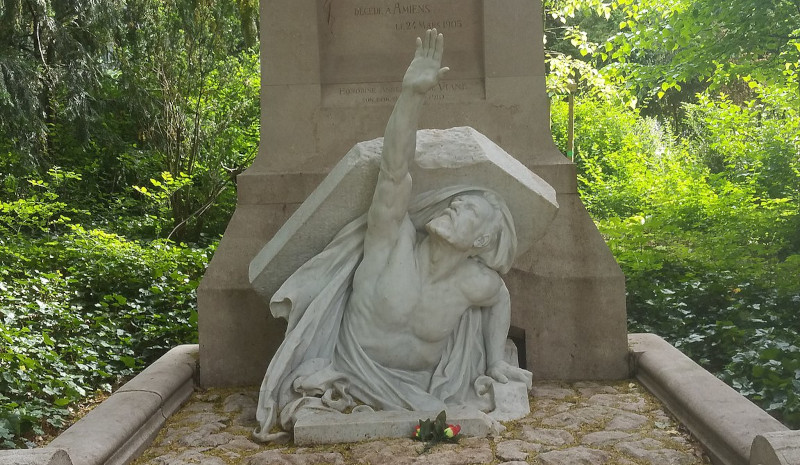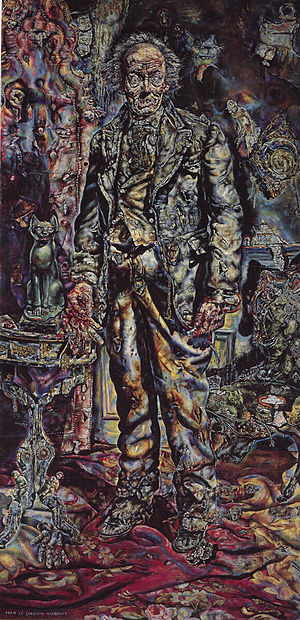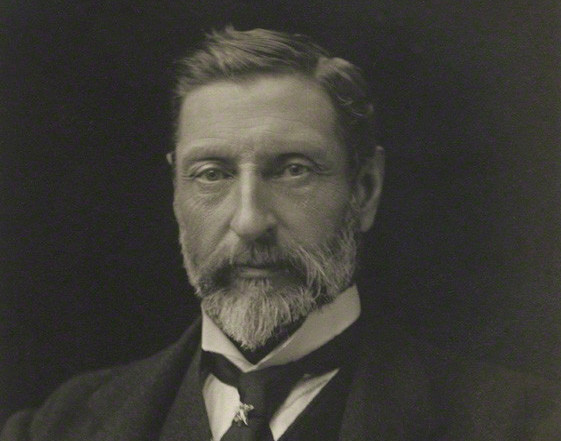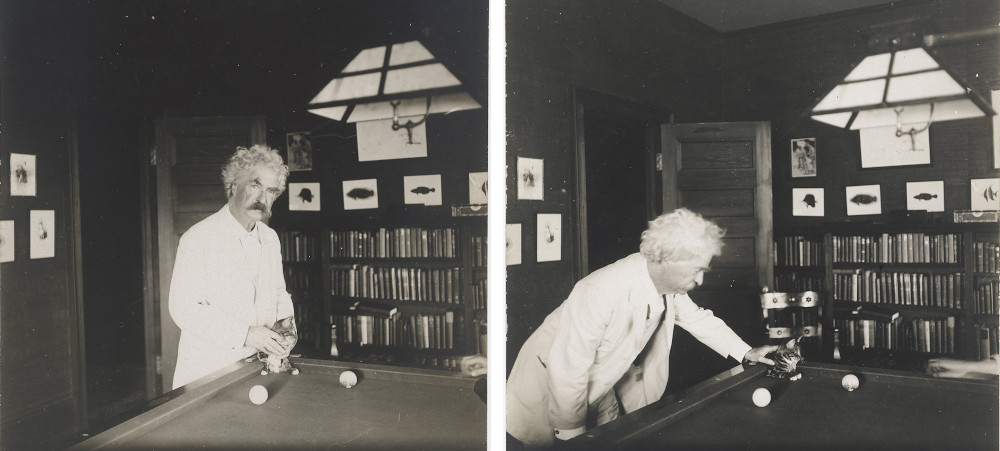Franklin Roosevelt was a voracious reader of crime novels. “Hundreds are published every year, but even in the good ones, there is a sameness,” he complained over lunch to Liberty Magazine editor Fulton Oursler one day in 1935. “Someone finds the corpse, and then the detective tracks down the murderer.”
Oursler asked him whether he had any better ideas. He did: “How can a man disappear with five million dollars of his own money in negotiable form and not be traced?” Roosevelt said he had carried that question in his mind for years but had not solved it himself.
The editor knew a marketable idea when he heard one, and he recruited six of the period’s top mystery writers to work on a chain novel that appeared serially in the magazine beginning that November. (The writers were Rupert Hughes, Samuel Hopkins Adams, Anthony Abbott, Rita Weiman, S.S. Van Dine, and John Erskine.)
A year later the story was made into a film, above, with the memorable credit “Story Conceived by Franklin D. Roosevelt.” FDR remains the only president to earn a film-writing credit while in office.







